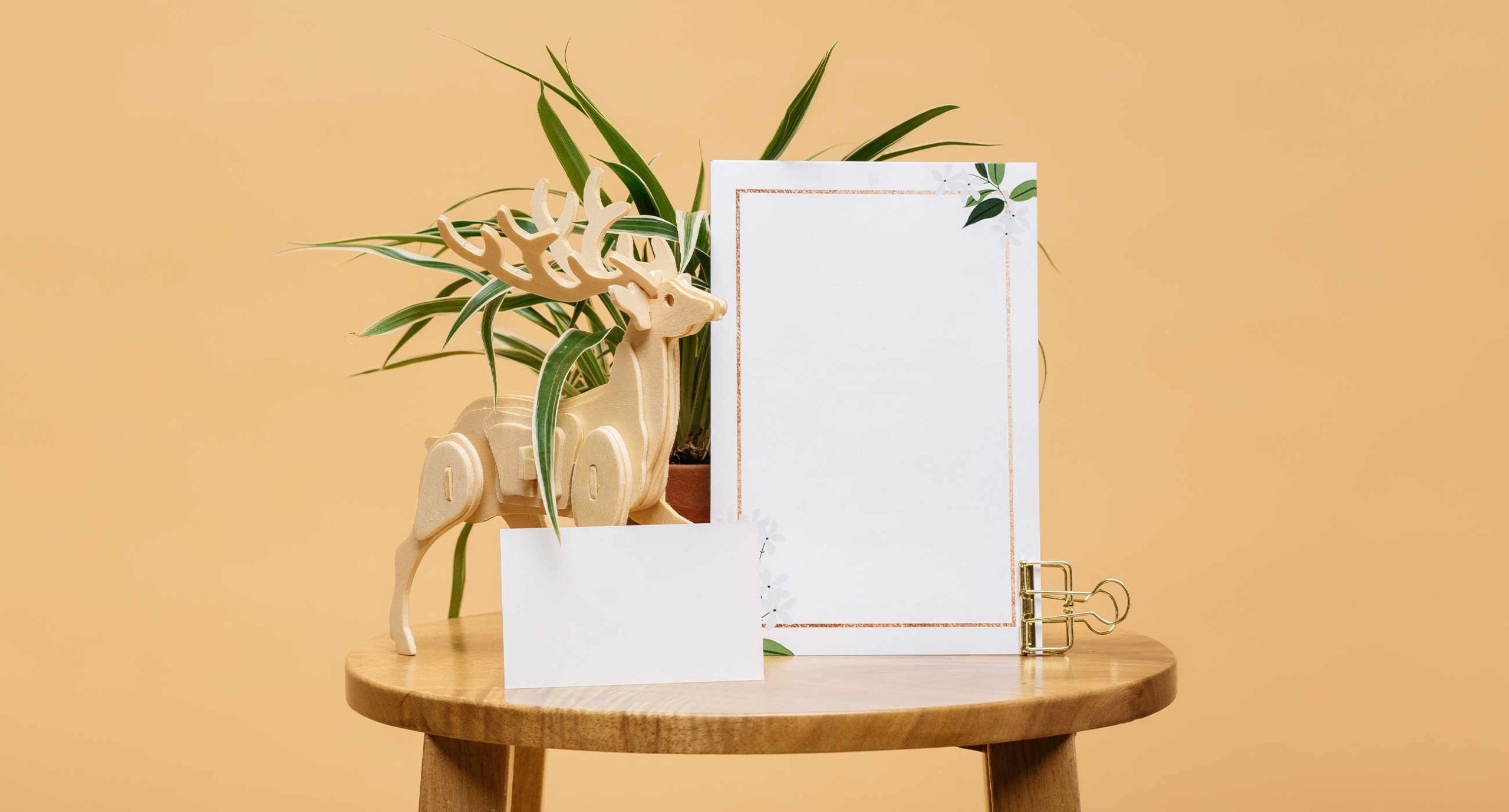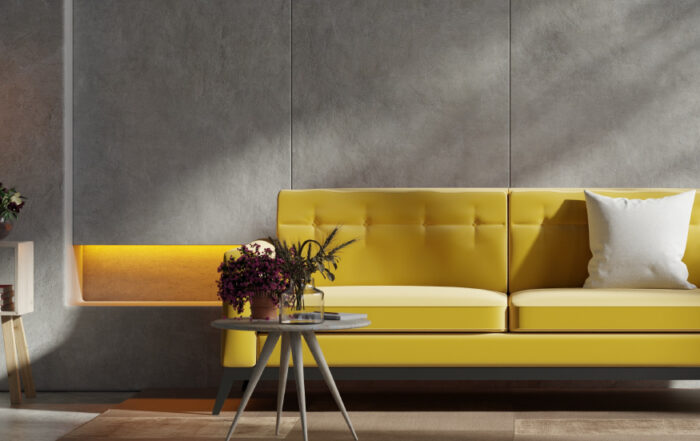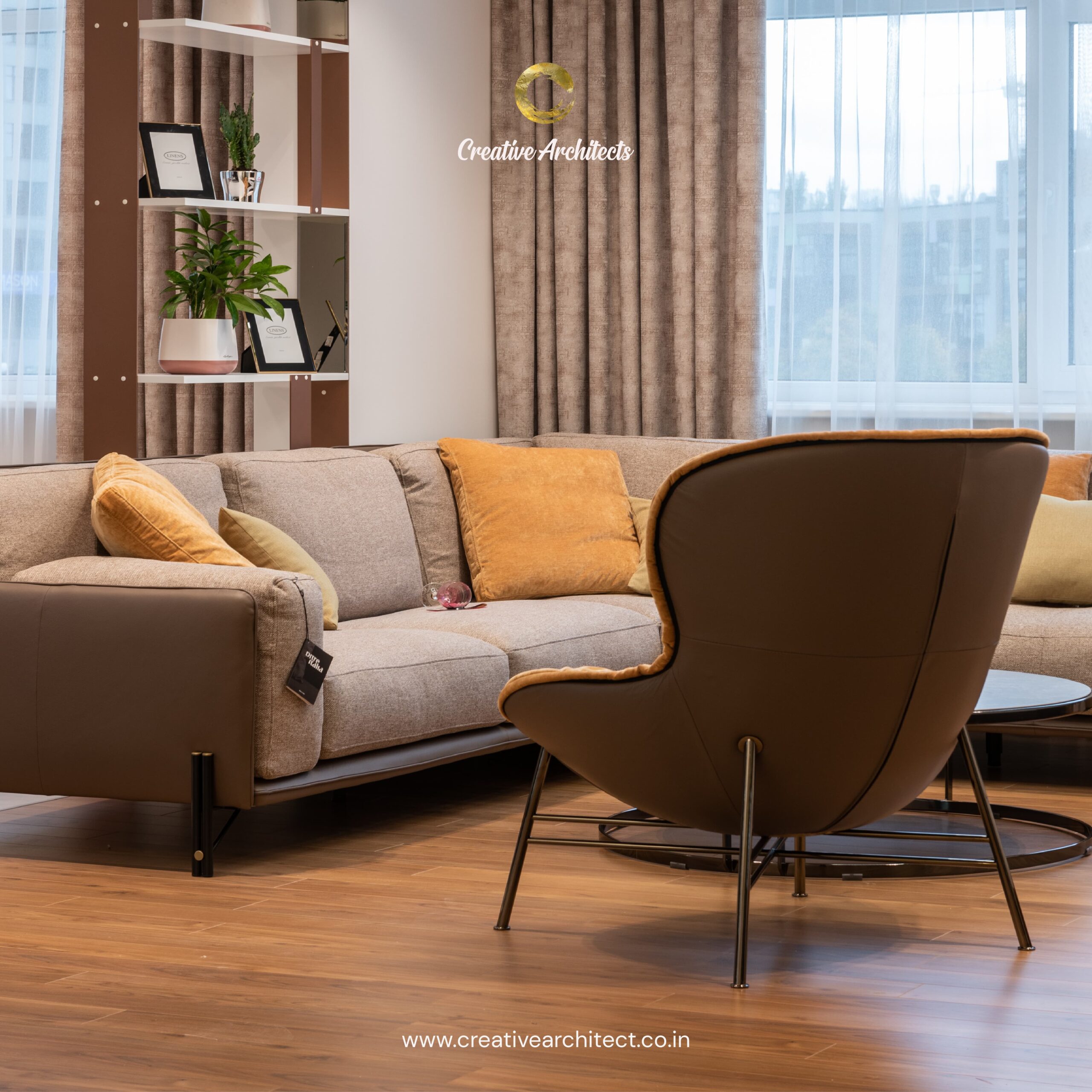Everything you need to know about contemporary vs modern interior design
Modern design and contemporary design are more often than not considered synonyms and there are a number of occasions when people get confused between the two. Well, though there are a couple of similarities, modern design is different from contemporary design.
When you talk about contemporary, you mean in the moment and at present. So, the idea of contemporary is also incorporated in its design and interior. Modern on the other hand refers to a particular period of time and reflects in the architecture and feel of the spaces that choose to indulge in this type of design.
Though a layman may find it a little difficult to look at an interior and figure out if it is modern or contemporary, an interior designer can and should know what is what and how to develop a design based on the taste of the client.
Let us look at some of the differences and identification elements between contemporary and modern design.
1. Hues and Tones
At first look you may not clearly understand the different tones and hues used in either of these designs, but it will be evident that both of these will have relaxing tones.
Modern design will choose to go with tones of earth such as shades of greens, browns, and monochromes. There will be hits of colors. Whereas contemporary designs will be seen making use of a lot of neutral colors such as greys and whites.
Modern designs and contemporary designs both stick to neutral colors to deliver minimalism, but the way of using these hues may differ.
2. Design Foundations
Now, this may be a little difficult to identify, but the foundations of both the designs concerned is entirely different from one another.
As mentioned, contemporary designs are more in the moment, and the moments are constantly changing.
So, there is fluidity in the sole foundation of contemporary design as well as art. It leans more towards the aesthetics.
With modern interior design, the foundation consists of specific purposes and reasons.
This means the pieces and interior elements that will be used will serve a purpose and anything that doesn’t do so may not be incorporated.
3. Structures
Structures play a very important role in any and every type of design. Be it modern, contemporary, nautical, traditional, minimalistic, modern-contemporary, or even Mediterranean, the structures in the interior define their sense and feel.
Contemporary designs are generally towards the curvy sides of the structural arenas, whereas modern designs are a little elongated and edgy.
4. Materials
The materials are another vital facet of interior design that decide the aesthetics of any place and space.
With modern designs, polished metals, leather, and woody materials play a key role in modern interior designing. On the other hand, soft materials such as throw-overs and metals such as stainless steel are a big part of contemporary interior designing.
5. Interiors
In modern and contemporary designs the interiors are signature by clean lines, but the difference lies in the choice of interior pieces. Glass pieces can be used to add an edge to the modern design while centrepieces and seating spaces with exposed legs can be utilized to add a flair in the contemporary designs.
Modern or contemporary, both these interior design types make a great reflection and structural beams of artistic flavours in different spaces.
Subscribe to our free newsletter
Love taking inspirations from our articles. Now, don’t miss out on any, just leave your email address with us. We will send you a weekly roundup of our favourite articles.
* We ensure strict compliance with anti-spam laws






